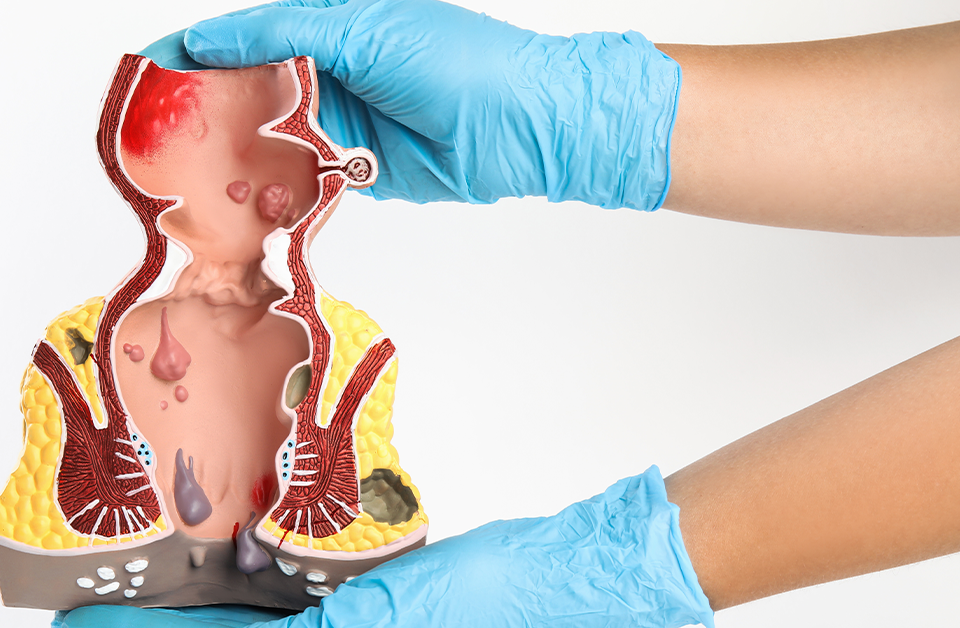Lawrence* is a man of God. He has devoted his life to serving the Lord as a preacher of the Word. Now that he’s retired, the longtime minister continues to commune with his Savior while tending to the beautiful flowers he grows in his garden.
Three years ago, however, Lawrence’s faith was tested when he began to experience distressing urinary symptoms that interfered with his sleep and eroded his quality of life. He prayed for a solution to his problem, which grew worse over time.
“It got to the point where I was getting up 10 times a night to use the bathroom,” laments Lawrence, 90. “I couldn’t sleep for more than an hour or two at a time. As a result, I was tired during the day and had no energy for gardening or other activities.”
A urologist determined that Lawrence had an enlarged prostate, a gland that is typically the size of a ping-pong ball and sits beneath the bladder in men. The condition is called benign prostatic hyperplasia, or BPH.
The urethra, the tube that carries urine from the bladder out of the body, passes directly through the prostate. When that gland is enlarged due to BPH, it crushes the urethra and affects urination.
Common symptoms of BPH include a frequent or urgent need to urinate, frequent need to urinate at night, difficulty starting a urine stream or having a weak urine stream, and an inability to completely empty the bladder.
To treat his BPH, Lawrence’s urologist recommended a transurethral resection of the prostate, or TURP. This surgery involves shaving some of the prostate tissue to create a bigger channel for the urethra to pass through so urine can drain efficiently. There are side effects associated with TURP, however, including erectile dysfunction (ED); retrograde ejaculation, where semen goes into the bladder instead of through the penis; and urinary incontinence.

“My father underwent a TURP years ago and ended up incontinent,” Lawrence shares. “I didn’t want that, so I refused to have that surgery. I was determined to not undergo a procedure that would render me unable to hold my urine.”
In time, Lawrence’s prayers were answered. A friend told him about a minimally invasive technique for eliminating BPH symptoms called prostate artery embolization. He Googled providers that offered the technique and discovered Vascular & Interventional Physicians in Viera. That’s where he met with Derek Mittleider, MD, FSIR, RPVI, the practice’s chief of vascular and interventional radiology.
Pressure Eased
“TURP continues to be the most common treatment for BPH, but it does not need to be the treatment of choice because of its potential complications,” Dr. Mittleider asserts. “It is also commonly used because most men do not know that prostate artery embolization is an effective alternative.”
Prostate artery embolization involves placing a small tube into an artery in the patient’s wrist. Using x-ray guidance, an interventional radiologist snakes the tube from the wrist down to the pelvis and into the arteries that feed the prostate.
“Once the tube is in the prostate arteries, we inject very small, round beads that get stuck in the artery walls and block circulation to the prostate,” Dr. Mittleider explains. “Because the prostate is getting less blood flow, it begins to shrink. This eases the pressure on the urethra, and the urinary symptoms resolve. Ultimately, quality of life also improves.
“The beads are made of resin, a plastic-like material that is completely inert, so there is no risk for an allergic reaction to the beads, which do not break down. They simply remain in the prostate arteries forever.”
Recovery from the minimally invasive embolization, which requires two to three hours to perform, is quick and relatively painless.
“After the procedure, we place a small bandage on the patient’s wrist to place pressure on the entrance wound,” Dr. Mittleider describes. “Patients can get out of bed immediately. They are not bound to bed for four to six hours as they are when we enter through an artery in the groin. Once that bandage comes off, generally after one to 1½ hours, the patient can go home.
“Some men complain of minor irritation when urinating after the procedure, but this is short-lived and resolves quickly. We can prescribe medication to help with the discomfort, but it is not a long-term side effect.”
“I’ve gone from getting up 10 times a night to getting up two to three times, which is doable.”- Lawrence
Dr. Mittleider notes that ED is common in men with BPH, but prostate artery embolization can often improve erectile function.
“When the prostate grows large, it takes much of the blood flow within the pelvis, and the other reproductive organs, including the penis, get an insufficient infusion of blood,” the doctor elaborates. “As a result, men can end up with ED. About a third of all men who have prostate artery embolization actually see an improvement in their ED. It is the only procedure to treat prostate issues that has this benefit.”
Dramatic Improvement
Dr. Mittleider performed Lawrence’s embolization three years ago. Since then, his symptoms have improved immensely, and he has not required any additional treatments.
“I’ve gone from getting up 10 times a night to getting up two to three times, which is doable,” Lawrence enthuses. “I’m not urinating like an 18-year-old man, but for someone who is 90, I’m very satisfied with my function. I’m able to sleep for long stretches, so I’m not tired during the day and can work in my garden. My quality of life has increased considerably.
“I’m grateful to Dr. Mittleider for his expertise and skill with this procedure. I highly recommend him and Vascular & Interventional Physicians, as well as prostate artery embolization to any man with symptoms of BPH.”
Graphic courtesy of Vascular & Interventional Physicians.
*Patient’s name changed at his request.









